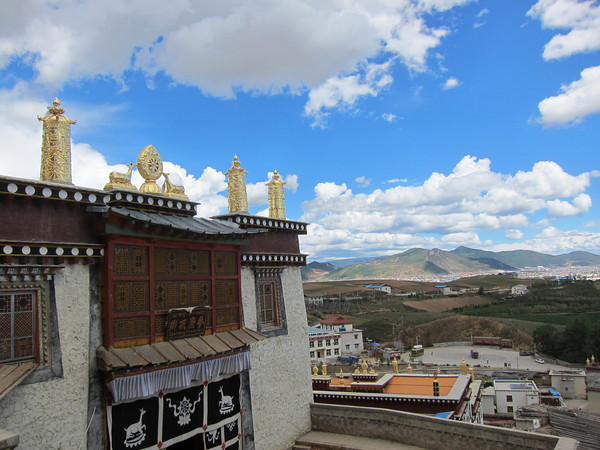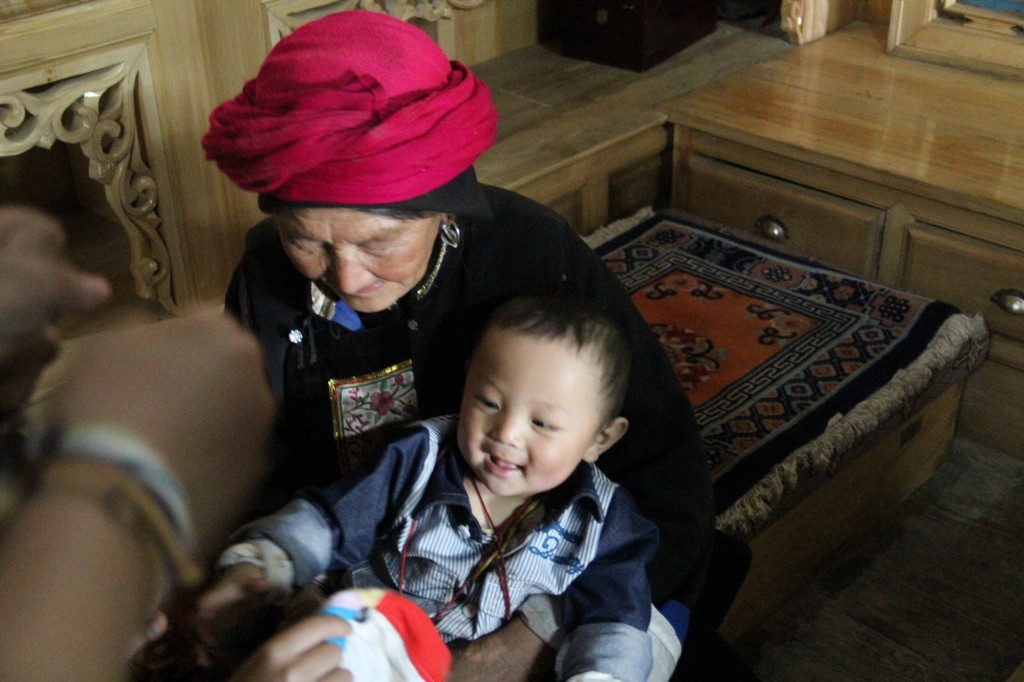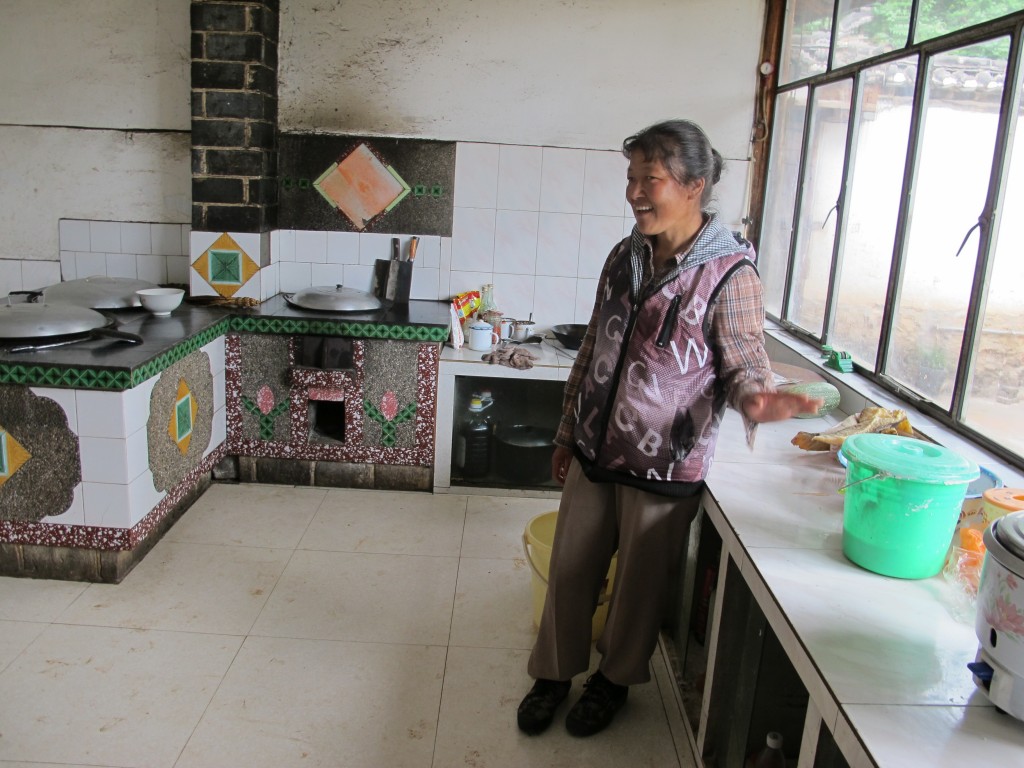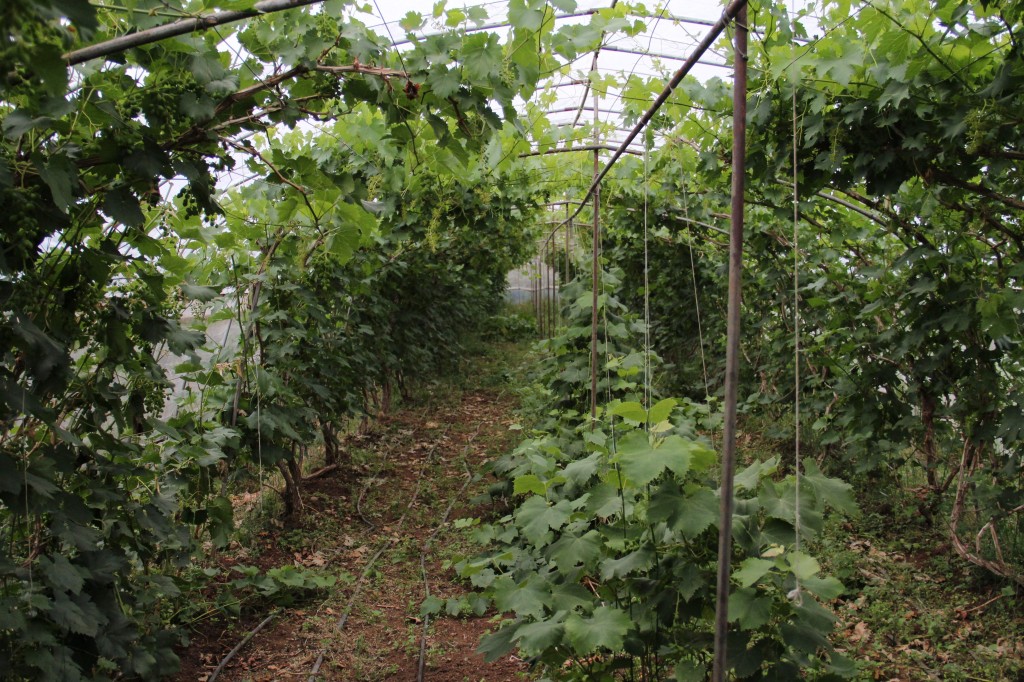Imagine waking up each morning to the comforting smell of sweet Caravan Breakfast coffee, enjoying a buttery scone with a spoonful of flavorful honeysuckle honey while admiring the mystical valleys of Shangri-la, and ending your day with a relaxing bath using some freshly-made rose magnolia soap. This is the daily routine of Alia Malik, co-founder of Shangri-la Farms, a company founded on promoting an organic and healthy lifestyle.
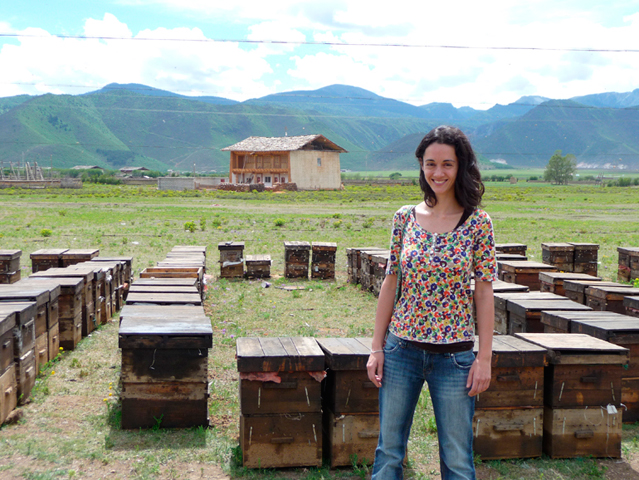
Alia, her sister Sahra, and brother Safi founded the company with the hopes of helping to improve the quality of life for the rural farmers of Shangri-la, a city located in Yunnan province, which, though rich in biodiversity, is China’s second-poorest region. With a rapidly growing loyal fan base, Shangri-la Farms provides an outlet for these farmers to “connect with the outside world to sell their products,” which include coffee, honey, and a variety of body products.
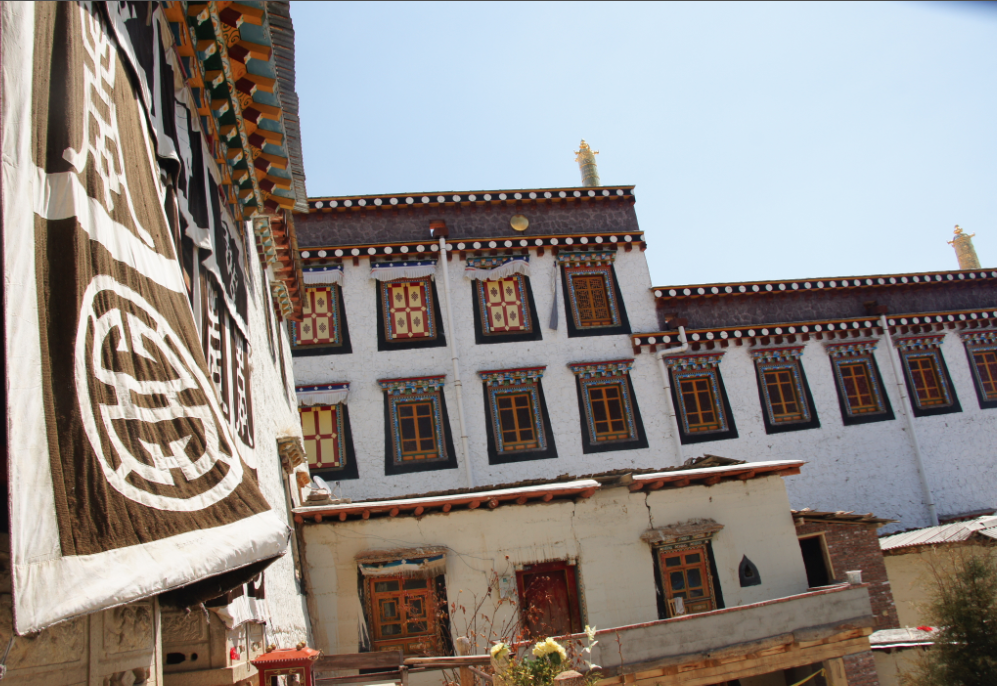
AsiaTravel is excited to share Alia’s “Perfect Day in Shangri-la”, including her favorite local sites and eateries in this “earthly paradise”:
On a perfect June weekend with the temperature in the low-30° C, (around 86° F) a cool breeze runs through the mountains and a clear blue covers the sky, both of which are harder to find in the more cosmopolitan Beijing. My first impression of the city is embodied in the word “special.” There is no other place in China, and maybe even in the world, like Shangri-la. This beautiful city is unique in that it holds a lot of “feeling”, and although it is occupied by multiple minority groups, there is still a strong sense of community, a unified identity. Local cuisine is delicious and unlike food in the cities, you are mainly eating what has been farmed very nearby and therefore, is less chemically heavy. My personal favorite has to be mian pian, a noodle soup that consists of a locally-flavored broth filled with flat square noodle pieces. With its culturally Tibetan traditions, fantastic eateries, and sensational views, Shangri-la provides an experience that is unavailable in the better-known metropolises of Beijing and Shanghai.
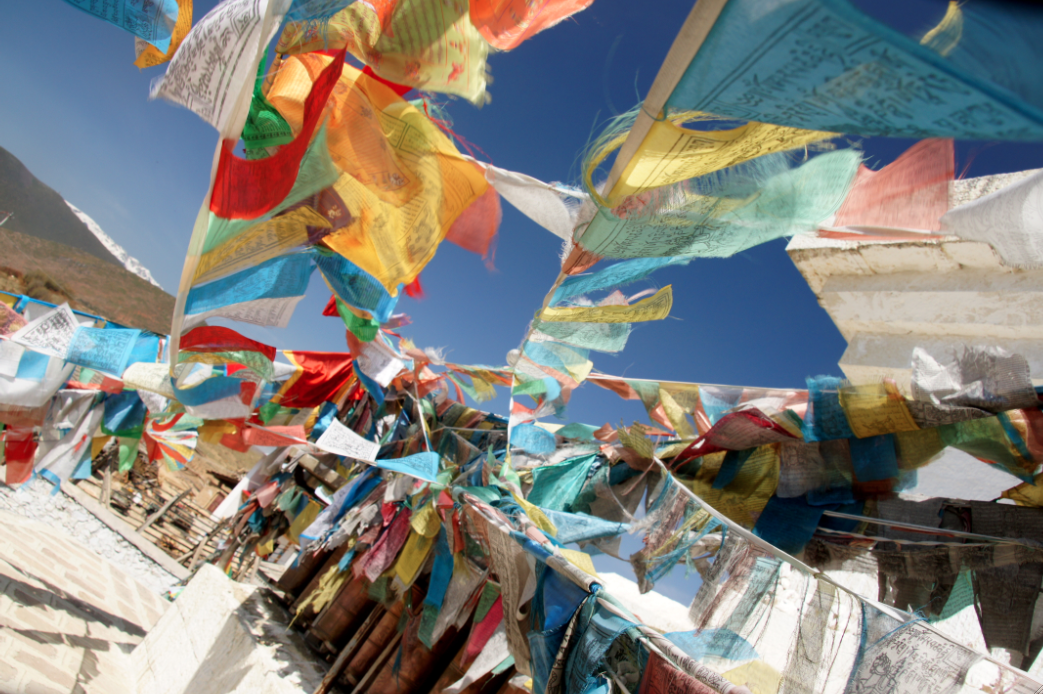
As I wake up in the morning, I breathe in the fresh crisp air and get ready to start off my day with some Western-style comfort food at Somewhere Else Café, whose scrumptious homemade granola and yogurt are both to die for. With some nicely brewed coffee, this is the ultimate breakfast, the best way to energize for a busy day. Then, I enjoy taking a nice walk with my dog up the hill behind my house, from the top of which you can see most of the Shangri-la Valley and sometimes even all the way to the next valley over. I take a moment to fully take in this pristine view and almost always end up having to pinch myself to remind myself that I’m not dreaming. Shangri-la is filled with amazing sites that highlight nature’s beauty, such as the lush green grasslands surrounding the clear water of Napahai Lake.
After running some quick errands and getting some work done for the upcoming bottled drinks we have planned for Shangri-la Farms, I head to Karma Café to meet up with a few friends for lunch. The perfect place to catch up with old friends, this eatery, not located in the well-known Old Town, but rather, on a more off-beaten path, embodies the one-of-a-kind atmosphere of Shangri-la. Serving locally-inspired European food with a modern twist, including delicious salads with local walnuts and even yak steak, Karma Café is quickly creating a name for itself not only for its mouth-watering dishes, but wonderful ambiance. After parting with my friends, I head to a local monastery, a must-see when visiting Shangri-la. I personally enjoy the Songstam Monastery, the largest Tibetan Buddhist lamasery in China and a vibrant center of prayer and study. Here, you have the opportunity to first-handedly experience the local culture as you observe monks going about their daily routine. I would then head to the Yunnan Mountain Handicrafts Center to check out some crafts, all of which are locally made and beautifully crafted. I am always up for some shopping!
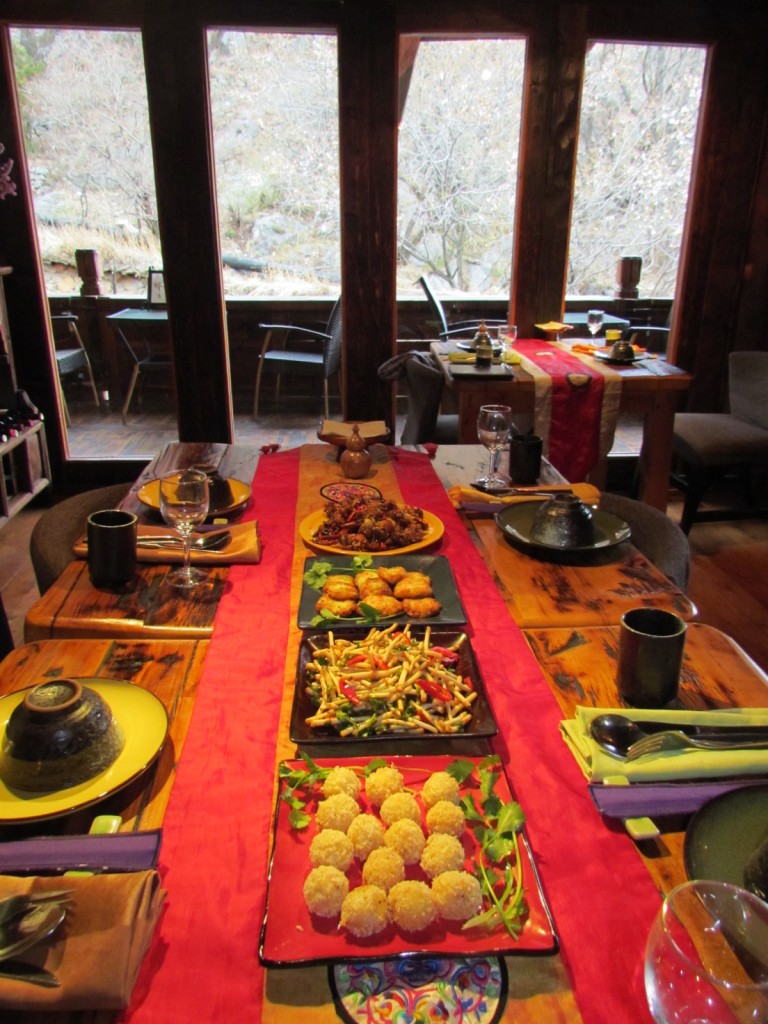
Tara Gallery Cafe
After an adventurous day of exploring Shangri-la, I am famished and ready to enjoy a tantalizing mix of Indian, Himalayan, and Yunnan food at Tara Gallery, including flavorful dishes such as cucumber and three veggie salad, eggplant mousse, and Tibetan dumplings. The personally crafted cuisine at Tara Gallery contains both local Yunnan and Indian flavors and best of all, it’s healthy! So no feeling guilty after indulging in these savory delicacies. Another great option is Arro Khampa, renowned for their French twist on Tibetan cuisine. Not only are their dishes très fantastique, Arro Khampa has great hospitality and is simply a lovely place to while away the evening.
At the end of a long day of exploration, relaxation, and consumption of some of the best Chinese food around, I am exhausted and ready for bed.
———-
Photo credit: Cartier Woman’s Initiative and Chinatravel.net
Are you a diehard java lover interested in trying out Shangri-la Farm’s Caravan Breakfast coffee? Check out a variety of organic, fair trade quality products on their website.
Interested in trying yak steak? Contact AsiaTravel for more information on traveling to Shangri-la.
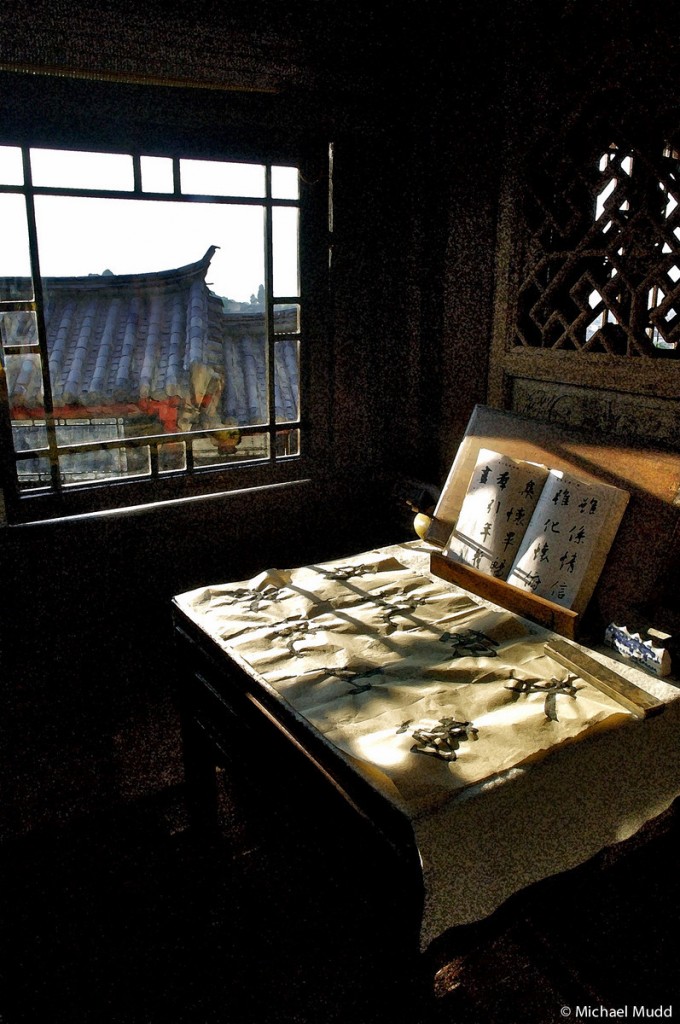
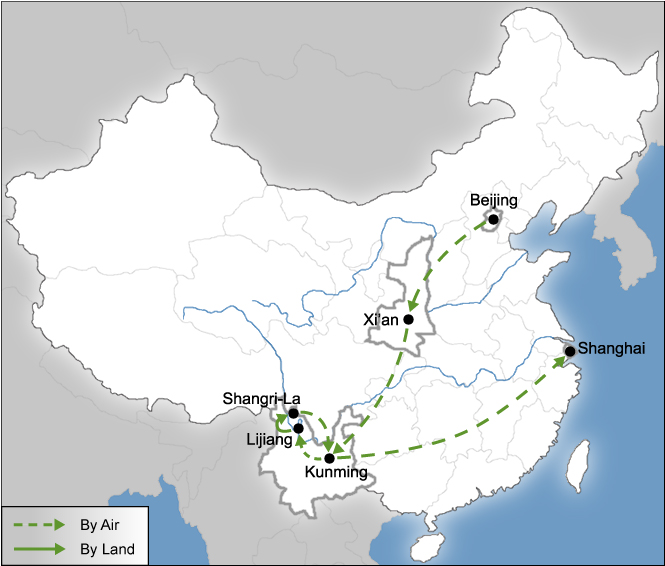
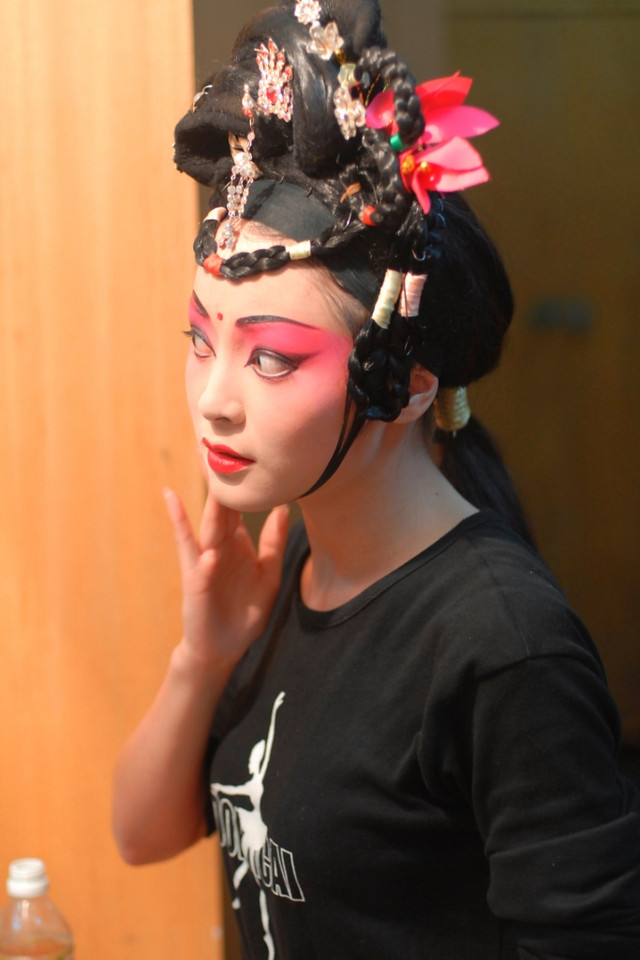

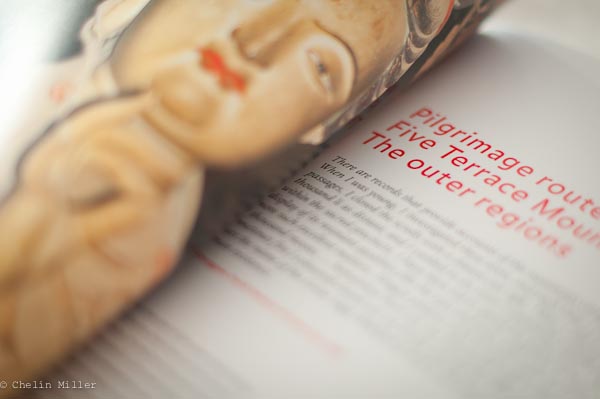
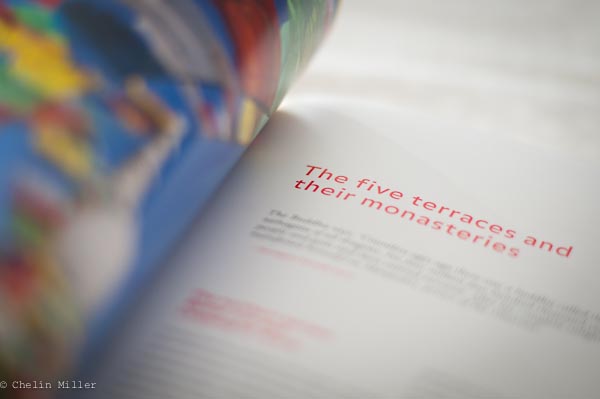
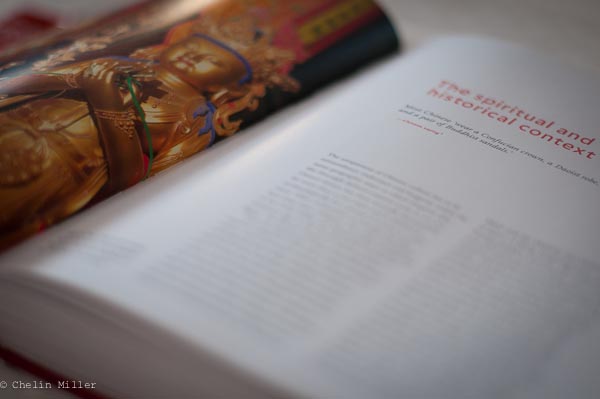
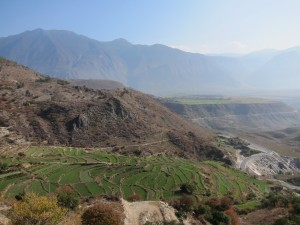
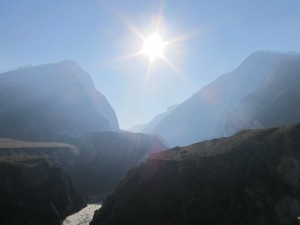
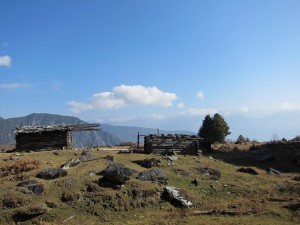
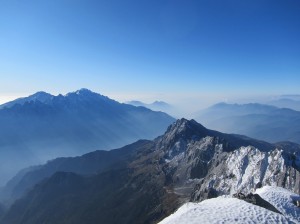
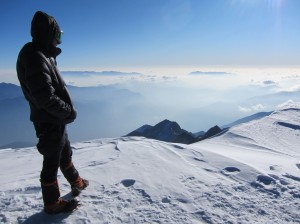
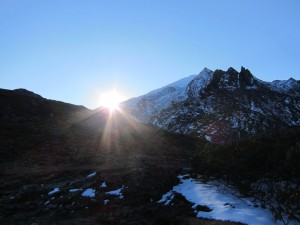
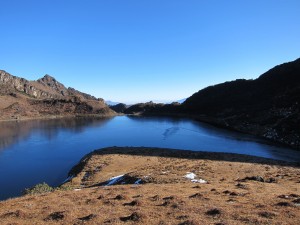
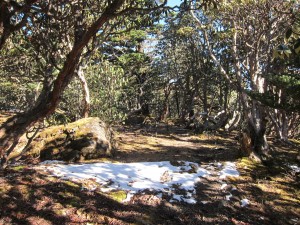
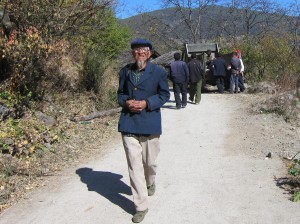
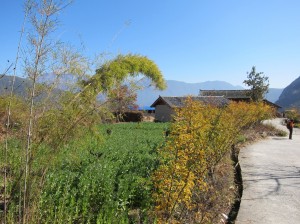
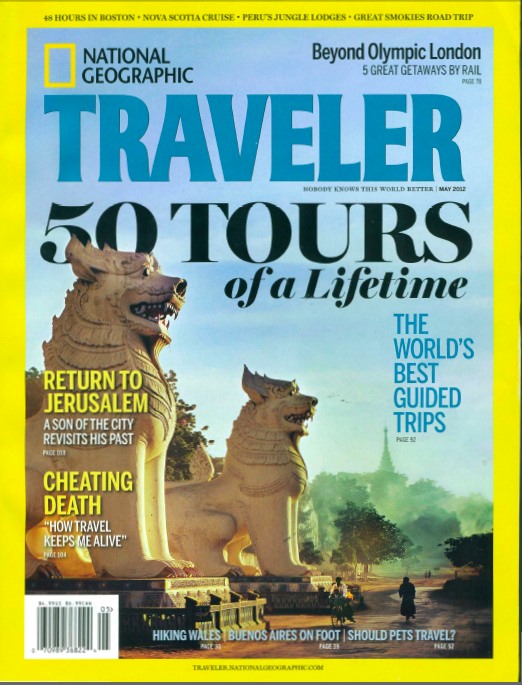
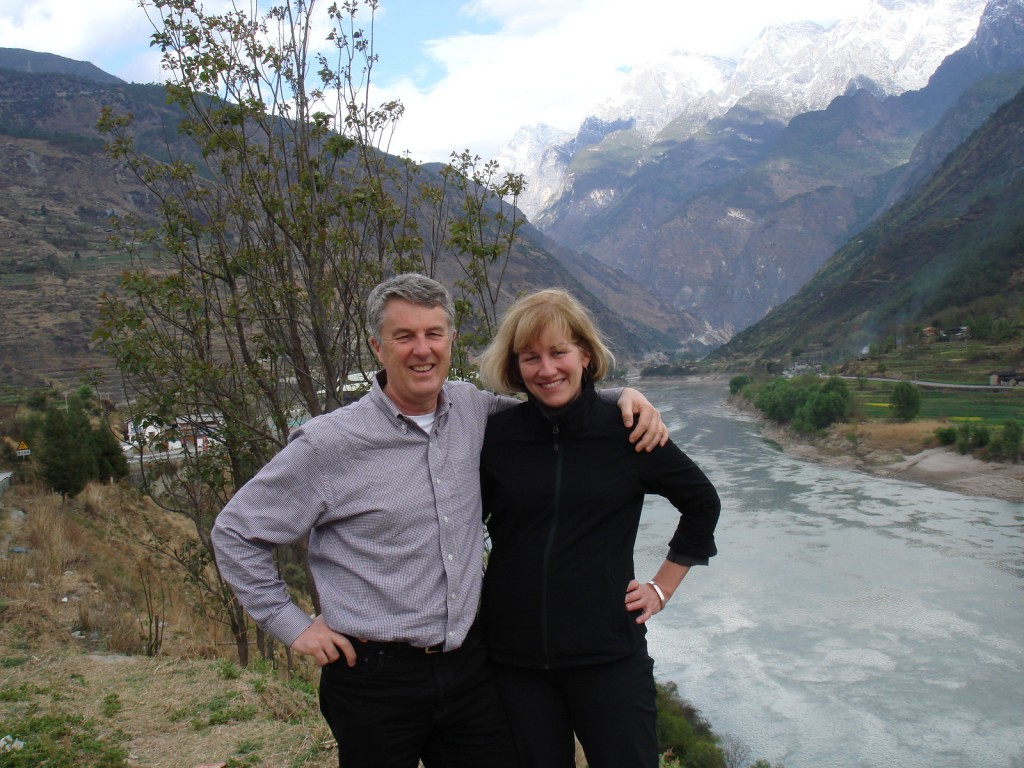
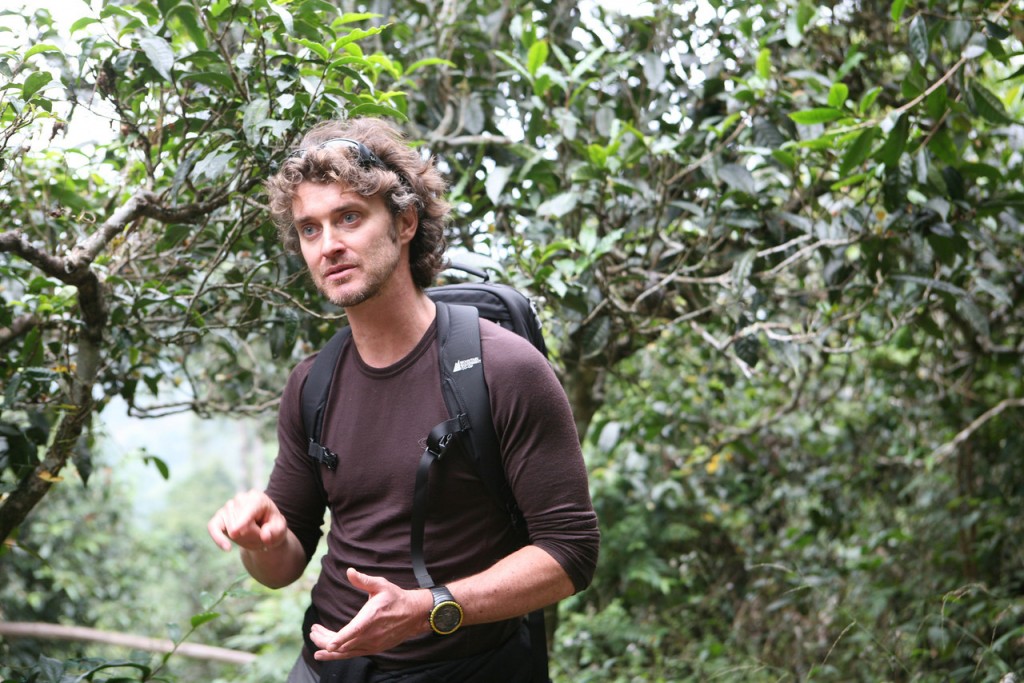
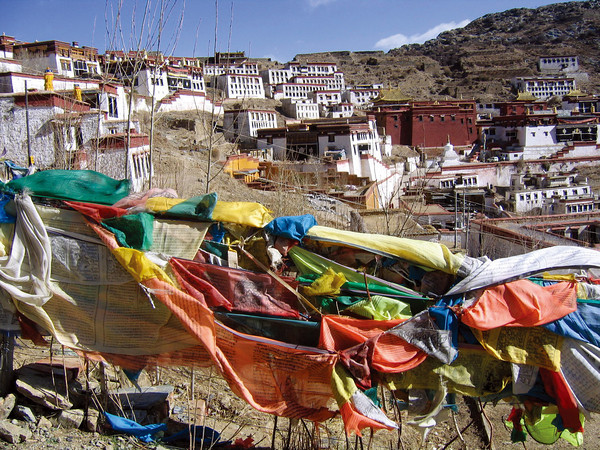
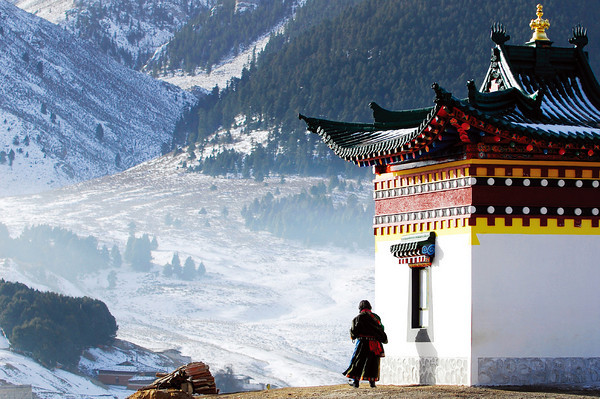
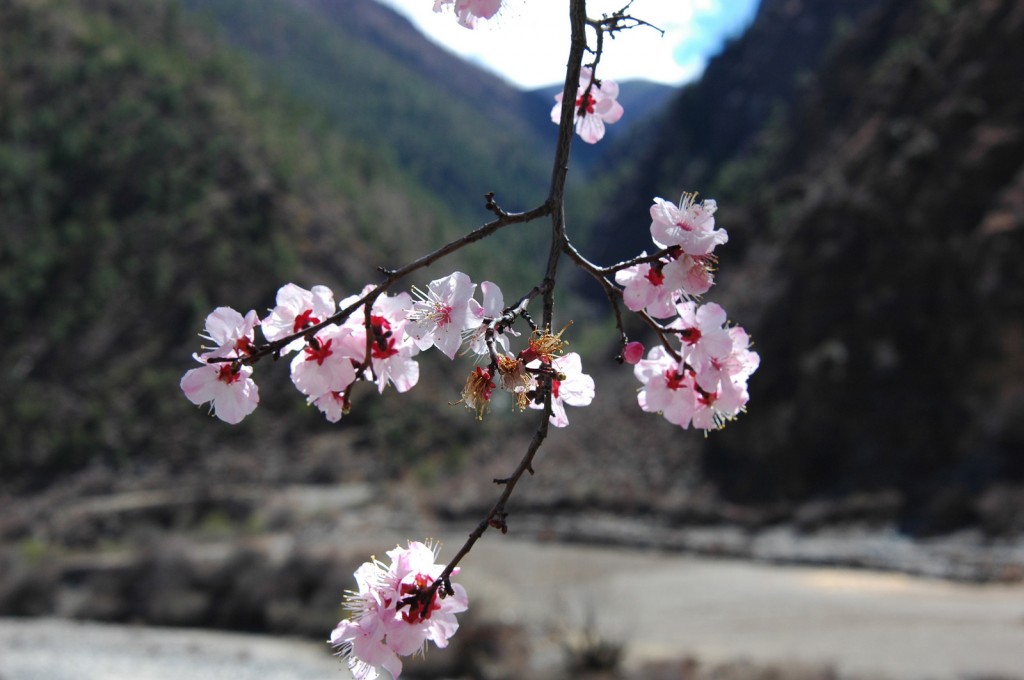
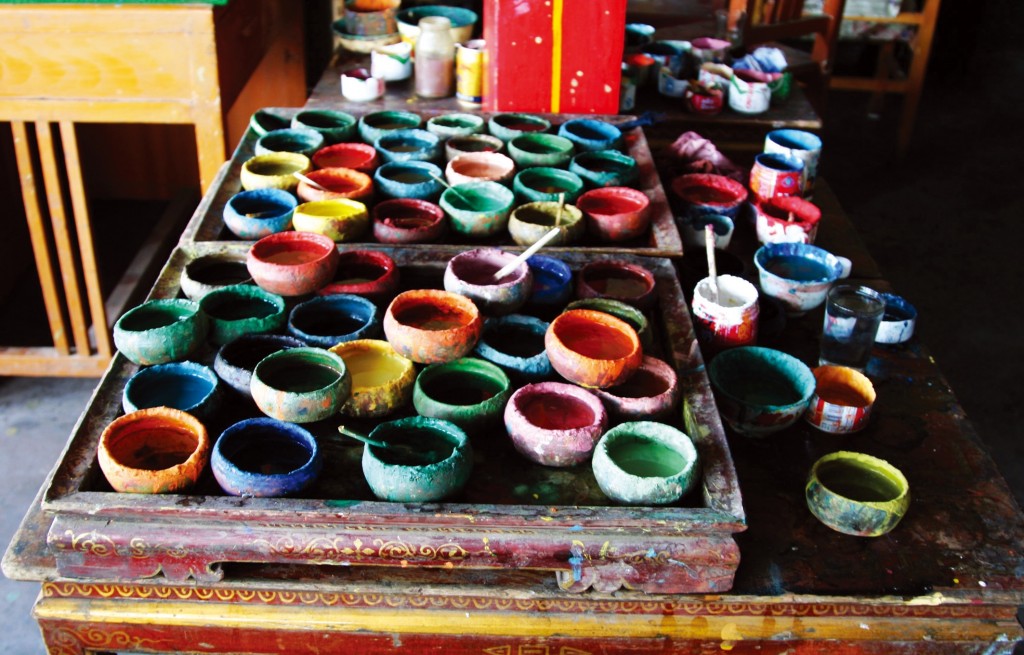
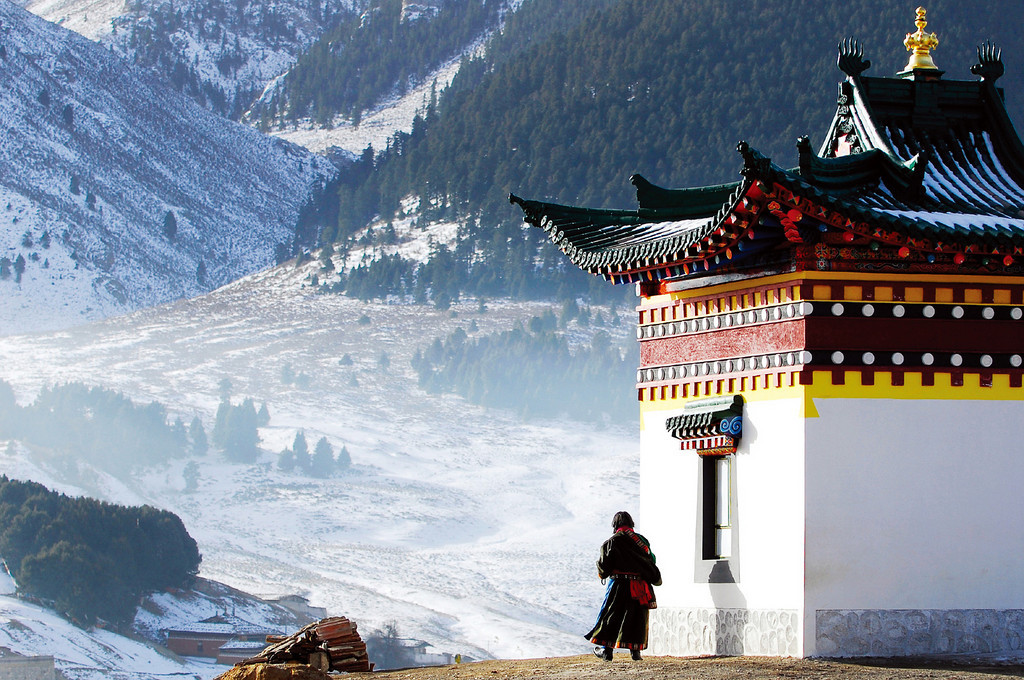
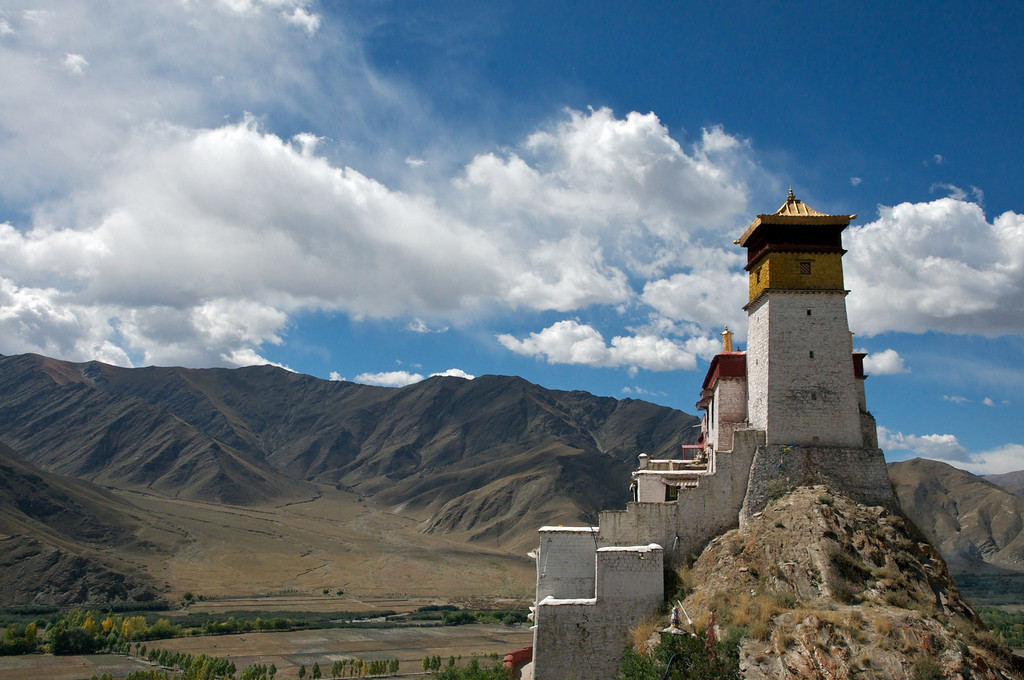
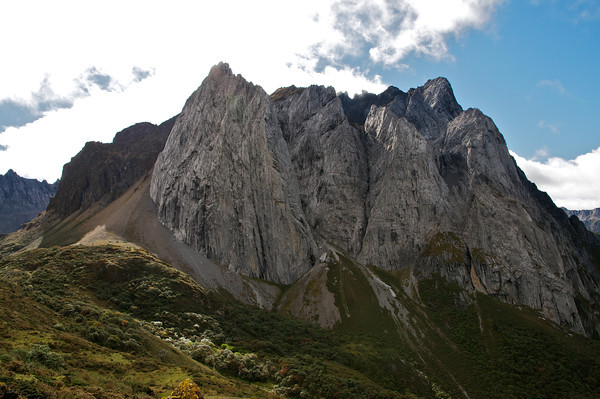

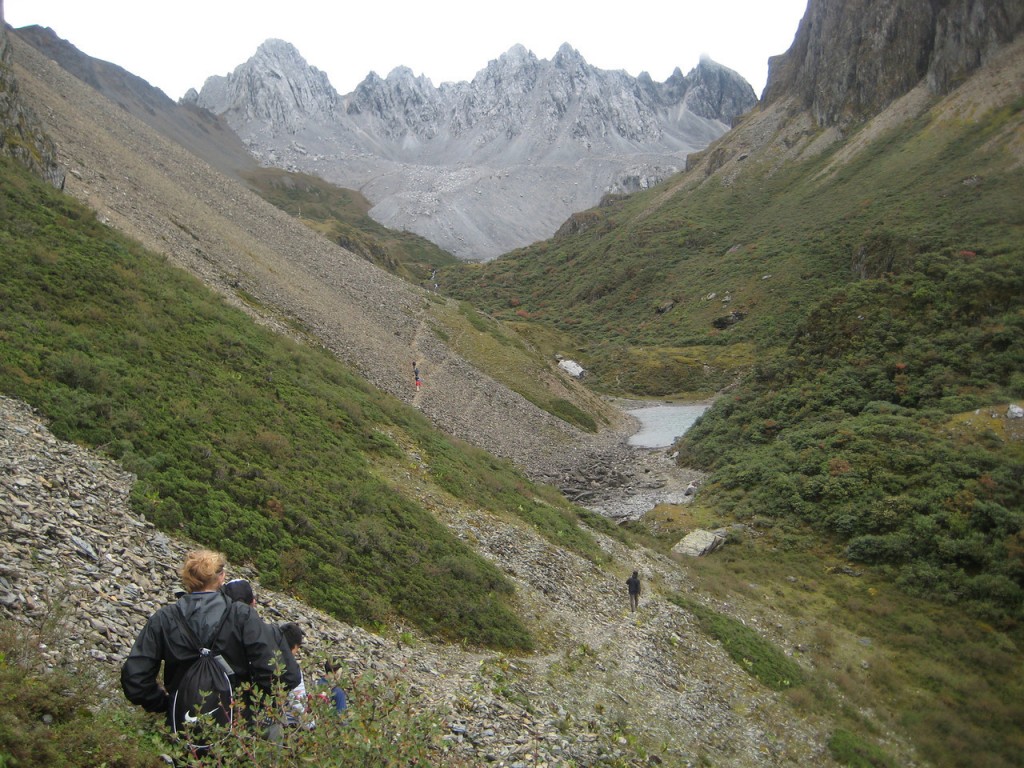

 ———-
———-



